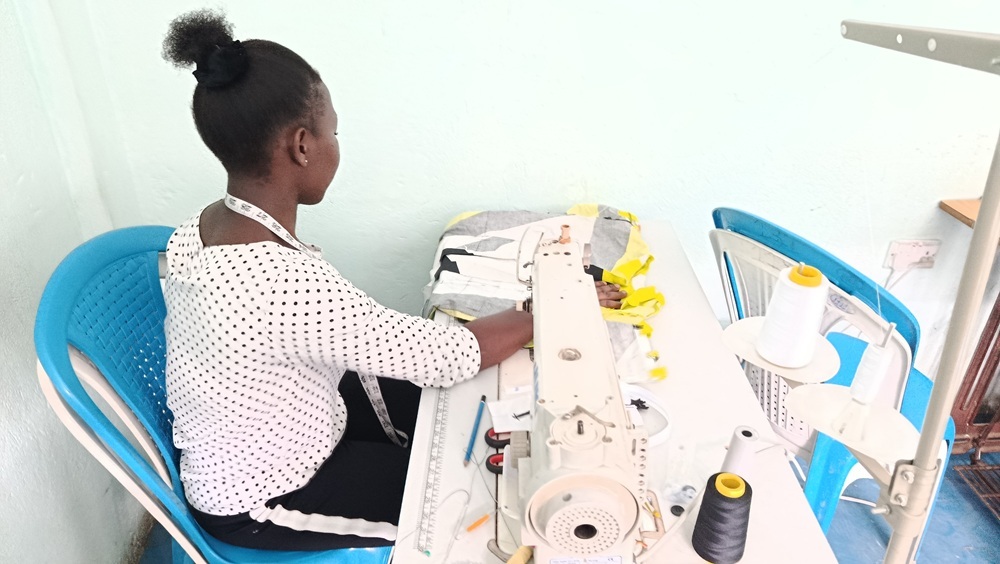
Empowering and Protecting Children and Youth Along the Mlolongo–Naivasha Transport Corridor
The EmProtect Project is a two-year initiative (January 2025 – December 2026) aimed at reducing sexual exploitation of children (SEC) and youth aged 11–24 along the Mlolongo–Naivasha transport corridor. It focuses on expanding economic opportunities, strengthening local structures, and addressing root causes of exploitation. This project builds on key lessons and evidence from K-NOTE’s previous initiatives, including:
Project Goal
To contribute to the reduction of SEC among children and youth by equipping them with life and livelihood skills, strengthening family and community support systems, and enhancing multi-stakeholder coordination for systemic response and prevention.
Key Outcomes
Outcome 1: Empowerment Through Skills Development
Children and youth at risk or survivors of SEC will gain:
The project targets 135 participants (75% female, 25% male) with support that integrates digital literacy, online safety awareness, and training in workplace etiquette, salary negotiation, and contract literacy. When possible, internships will be facilitated through alumni who are now business owners.
Outcome 2: Strengthened Community and Family Systems
Families, communities, and Vocational Training Centers (VTCs) will receive support to become protective environments for children and youth. This will be achieved through:
This outcome is rooted in the recognition that economic vulnerability—especially among caregivers—can drive intergenerational cycles of exploitation, including cases where mothers in sex work draw their children into exploitative situations.
Outcome 3: Enhanced Coordination and Policy Influence
The project will promote multi-sectoral collaboration between:
Key strategies include:
Both implementing partners will be co-opted into the SEC national TWG to use research findings for advocacy, particularly towards the National Plan of Action for SEC and enhanced national social protection systems.
Strategic Approaches
Integrated Youth Empowerment
Youth participants will be supported holistically by:
A feedback-driven approach will allow for:
Systemic Change Across All Levels
Community Level
Engaging caregivers, especially mothers in high-risk situations, to:
Institutional Level
Working within schools, VTCs, and business premises to:
Policy and System Level
Advocating for national changes by:
Collaboration and Learning
The project adopts a whole-of-society, multi-stakeholder approach, combining efforts from:
The dual-location model along the corridor (Mlolongo–Naivasha) encourages:
Sustainability and Ownership
Sustainability will be driven by:
Through this comprehensive approach, the EmProtect Project aims to create lasting impact by protecting children and youth, empowering them economically, and transforming the structures that allow exploitation to persist.